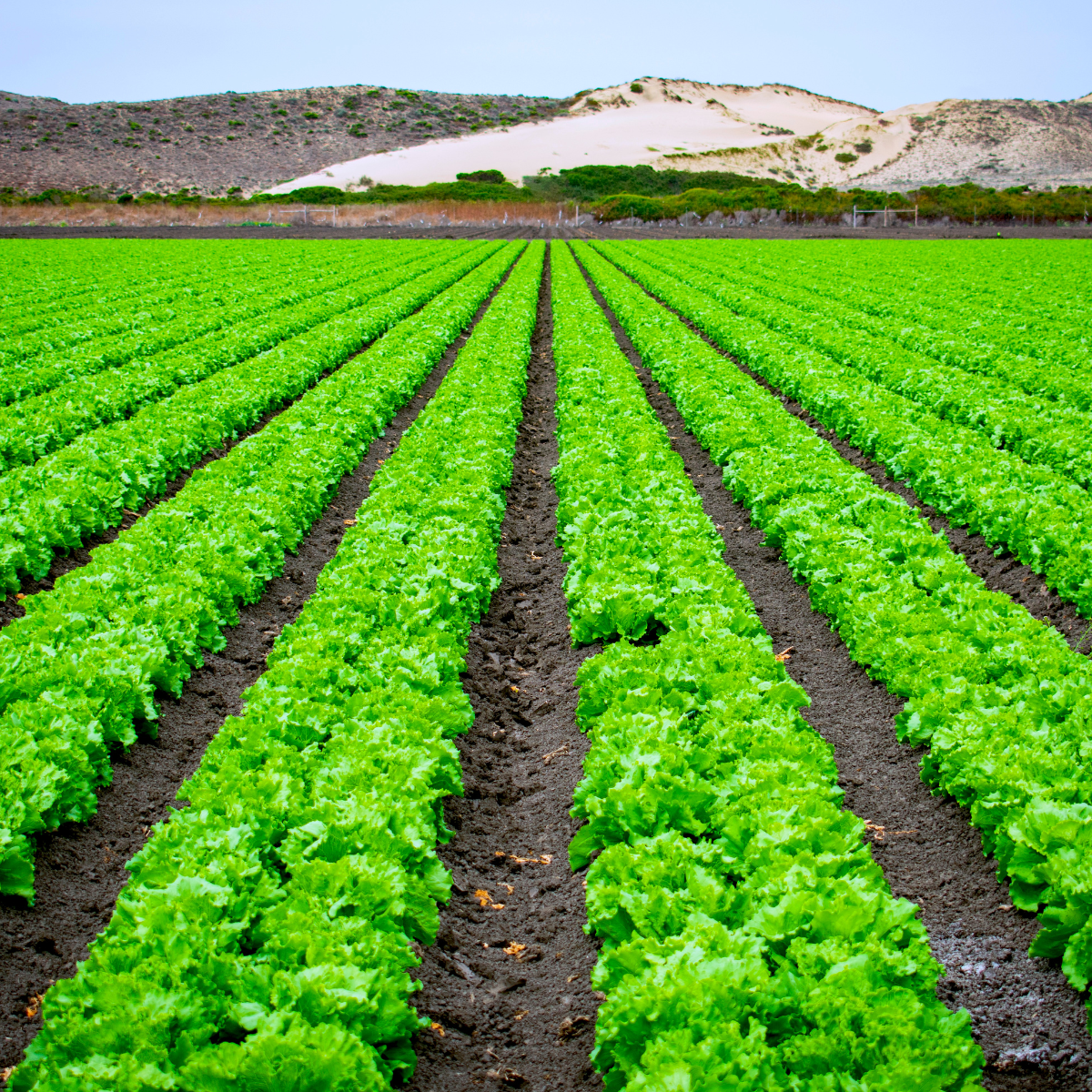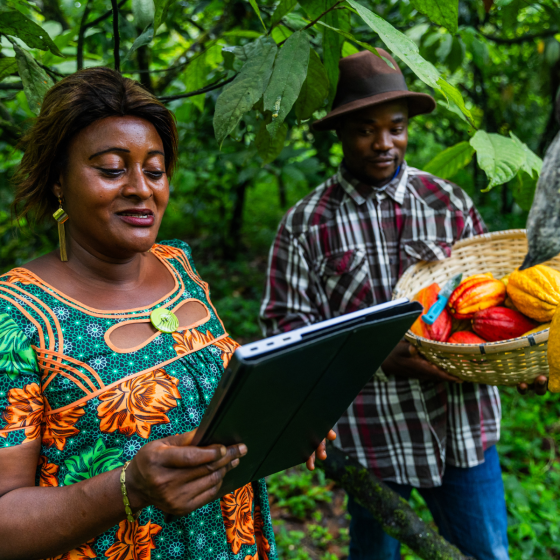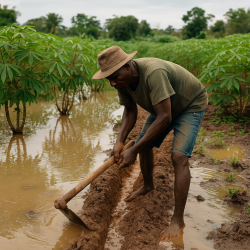Agriculture is not only the backbone of most African economies but also a critical entry point for structural transformation and inclusive industrialization. However, persistent underinvestment in rural infrastructure has undermined the sector’s potential to drive broad-based economic growth, reduce poverty, and catalyze agro-industrial development. This paper argues that rural infrastructure should be repositioned as a core pillar of Africa’s industrial policy agenda, serving as both an enabler of agricultural productivity and a facilitator of rural industrialization. Drawing on empirical evidence and policy frameworks, the study situates rural infrastructure within the broader context of industrial development in Africa, outlining pathways through which strategic investment can unlock value addition, enhance competitiveness, and foster regional integration.
Industrial policy in Africa has often focused on urban-centric, capital-intensive sectors, while underestimating the transformative potential of rural economies and agricultural value chains. Yet, Africa’s comparative advantage lies in its vast arable land, labor abundance, and growing domestic markets for food and agri-based products. Realizing this potential requires bridging the infrastructural gap that isolates rural producers from markets, inputs, and agro-processing hubs. Rural infrastructure encompassing transport, energy, irrigation, storage, and digital connectivity, functions as a productivity-enhancing and market-enabling asset that directly supports agribusiness development.
Rural Roads and Market Linkages
Transport infrastructure, particularly feeder and intermodal rural roads, plays a critical role in spatially integrating agricultural zones with agro-industrial corridors and domestic consumption centers. Poor connectivity increases transaction costs, reduces farm-gate prices, and discourages private sector investment in rural value chains. Conversely, improved road networks have been shown to stimulate commercialization, facilitate mechanization, and attract agro-processing firms to rural areas. From an industrial policy perspective, rural transport infrastructure is thus a strategic investment in building national supply chains and reducing regional disparities.
Energy Infrastructure for Agro-Industrialization
Rural electrification is pivotal for powering irrigation systems, agro-processing facilities, storage units, and digital tools. However, nearly 600 million Africans lack access to electricity, with rural areas disproportionately affected. Decentralized renewable energy systems, such as solar mini-grids, offer scalable solutions for powering local agro-industries. Integrating energy infrastructure into agricultural industrial zones, rural growth poles, and special agro-industrial processing zones (SAPZs) can stimulate rural entrepreneurship, reduce post-harvest losses, and generate off-farm employment, thereby contributing to rural industrialization objectives.
Irrigation and Climate Resilience
Africa’s heavy reliance on rain-fed agriculture has left its food systems vulnerable to climate variability. Irrigation infrastructure remains underdeveloped, with less than 10% of arable land under irrigation. Expanding small-scale and climate-smart irrigation systems can improve yield stability, promote crop diversification, and support year-round agro-processing. From an industrial policy lens, irrigation is essential not just for productivity but for ensuring steady input supply to agro-based industries, especially in fragile environments and semi-arid zones.
Post-Harvest Infrastructure and Agro-Logistics
A critical missing link in many African agricultural value chains is the lack of modern storage and post-harvest handling infrastructure. Without cold chains, silos, and aggregation centers, high-value crops perish, and farmers are forced into distress sales. By investing in post-harvest infrastructure and linking it to formal market platforms and logistics systems, countries can enhance value retention, reduce food waste, and improve export competitiveness. These are essential preconditions for a thriving agro-processing sector and the development of rural agro-enterprises.
Digital Infrastructure and Innovation Ecosystems
Digital connectivity enables rural producers to access price information, extension services, climate advisories, and financial tools. More importantly, it forms the backbone of emerging agri-tech ecosystems and data-driven agricultural services. Embedding digital infrastructure in rural industrial policy promotes efficiency, traceability, and integration into formal markets. For African industrial policy to be future-proof, it must consider digital infrastructure as a vehicle for both vertical (value chain upgrading) and horizontal (sectoral diversification) transformation.
Policy Coherence and Institutional Integration
Unlocking the transformative potential of rural infrastructure requires more than technical fixes—it demands institutional coordination and policy alignment. Infrastructure development must be harmonized with trade policy, land use planning, investment promotion, and skills development strategies. Public-private partnerships, blended finance mechanisms, and regional infrastructure frameworks (such as PIDA and AfCFTA logistics corridors) offer scalable models for aligning infrastructure investment with industrial policy objectives.
Conclusion
This paper calls for a recalibration of industrial policy thinking in Africa to prioritize rural infrastructure as a strategic lever for agricultural transformation and inclusive industrialization. The traditional dichotomy between agriculture and industry is outdated; instead, Africa’s pathway to structural transformation lies in leveraging agricultural strengths to build competitive rural-based industries. Rural infrastructure is not merely a development input, it is an industrial enabler, a competitiveness enhancer, and a bridge between latent potential and realized productivity. Integrating rural infrastructure development into national and regional industrial strategies will be critical for unlocking Africa’s demographic dividend, ensuring food sovereignty, and achieving shared prosperity.
References
African Development Bank (AfDB). (2019). African Economic Outlook 2019: Infrastructure Development and Regional Integration.
African Union. (2020). Programme for Infrastructure Development in Africa (PIDA): Implementation Progress Report.
FAO. (2021). The State of Food and Agriculture: Making Agrifood Systems More Resilient to Shocks and Stresses.
Fan, S., & Chan-Kang, C. (2005). Road Development, Economic Growth, and Poverty Reduction in China. IFPRI Research Report.
Jayne, T. S., Mather, D., & Mghenyi, E. (2010). Principal Challenges Confronting Smallholder Agriculture in Sub-Saharan Africa. World Development, 38(10), 1384-1398.
NEPAD. (2014). Agriculture in Africa: Transformation and Outlook.
UNCTAD. (2020). Economic Development in Africa Report 2020: Tackling Illicit Financial Flows for Sustainable Development in Africa.
World Bank. (2018). Agriculture Sector Transformation and Rural Infrastructure in Africa: Accelerating the Path to Industrialization.






